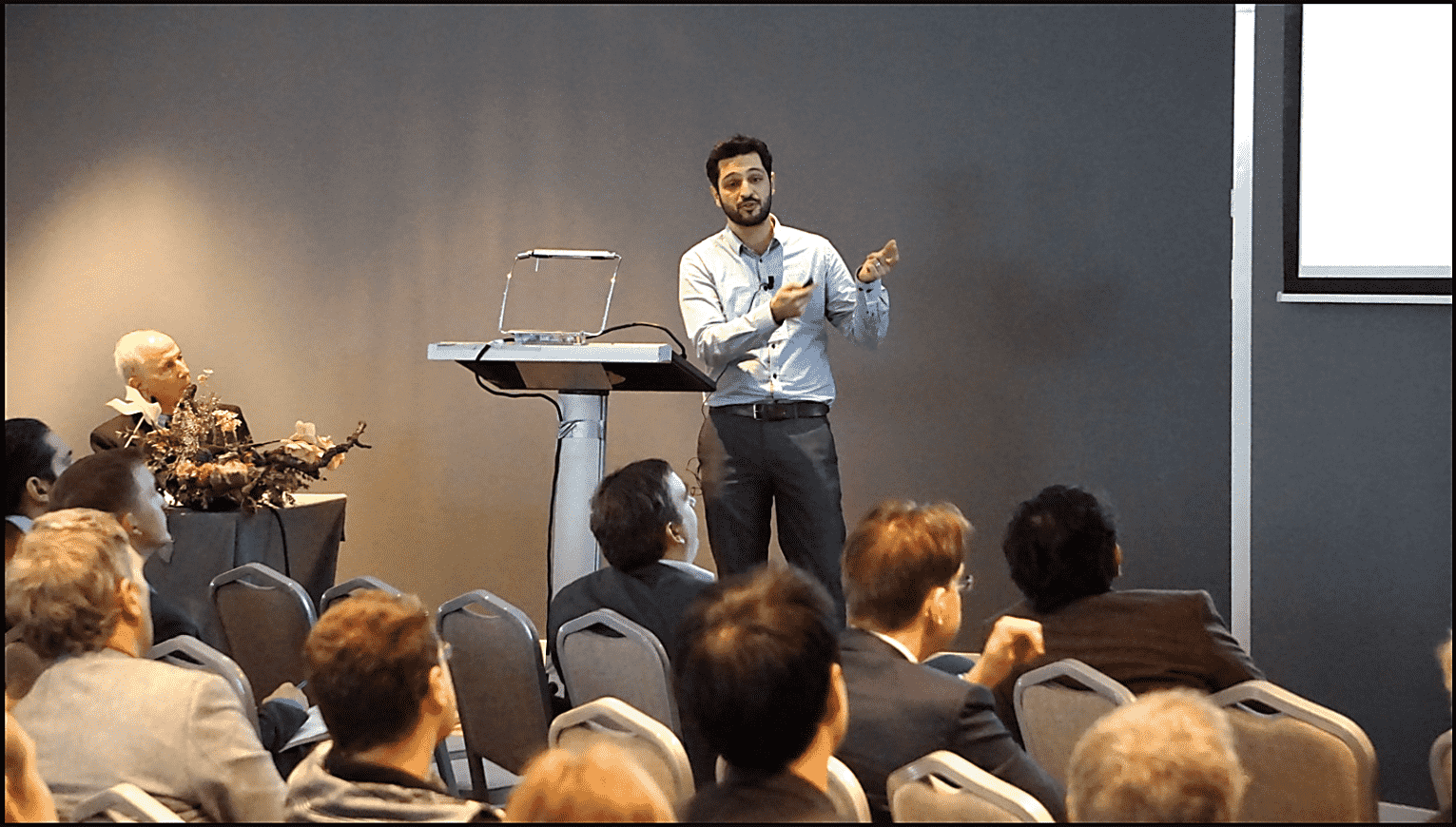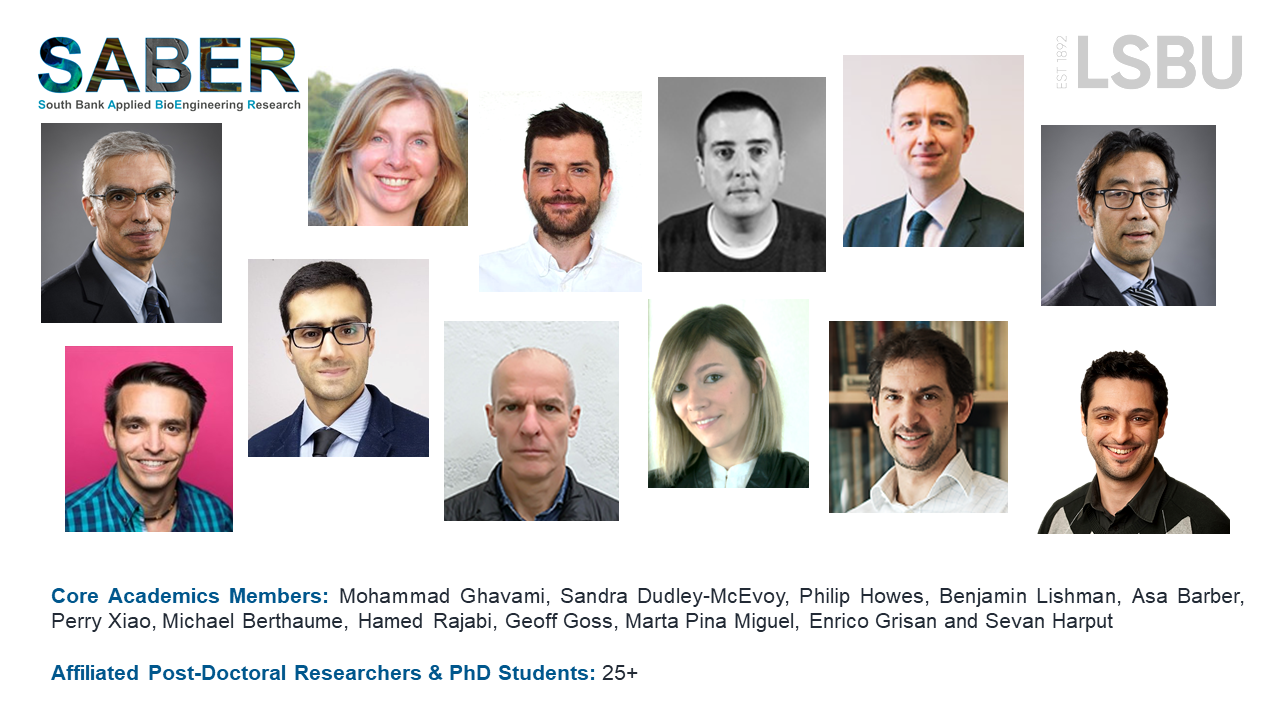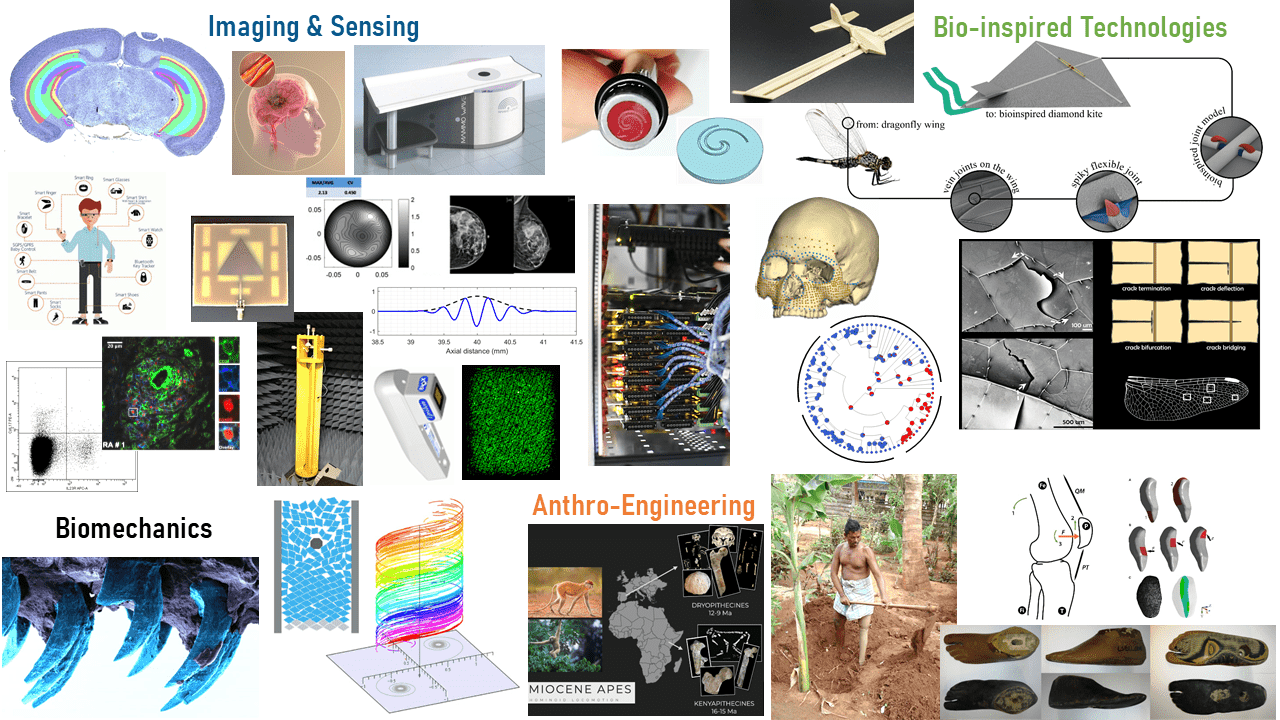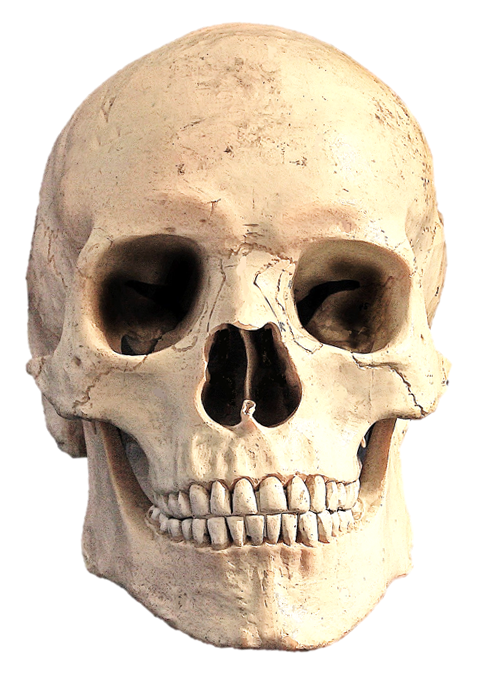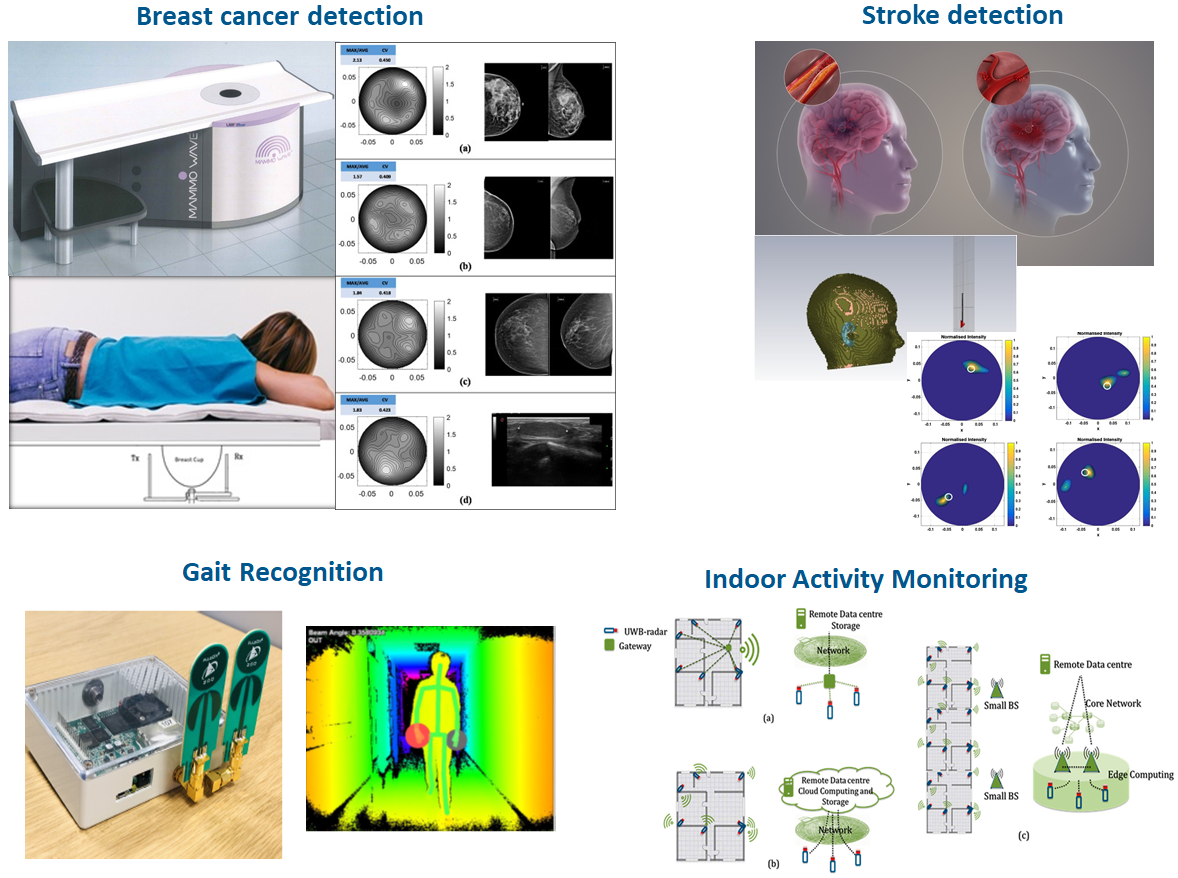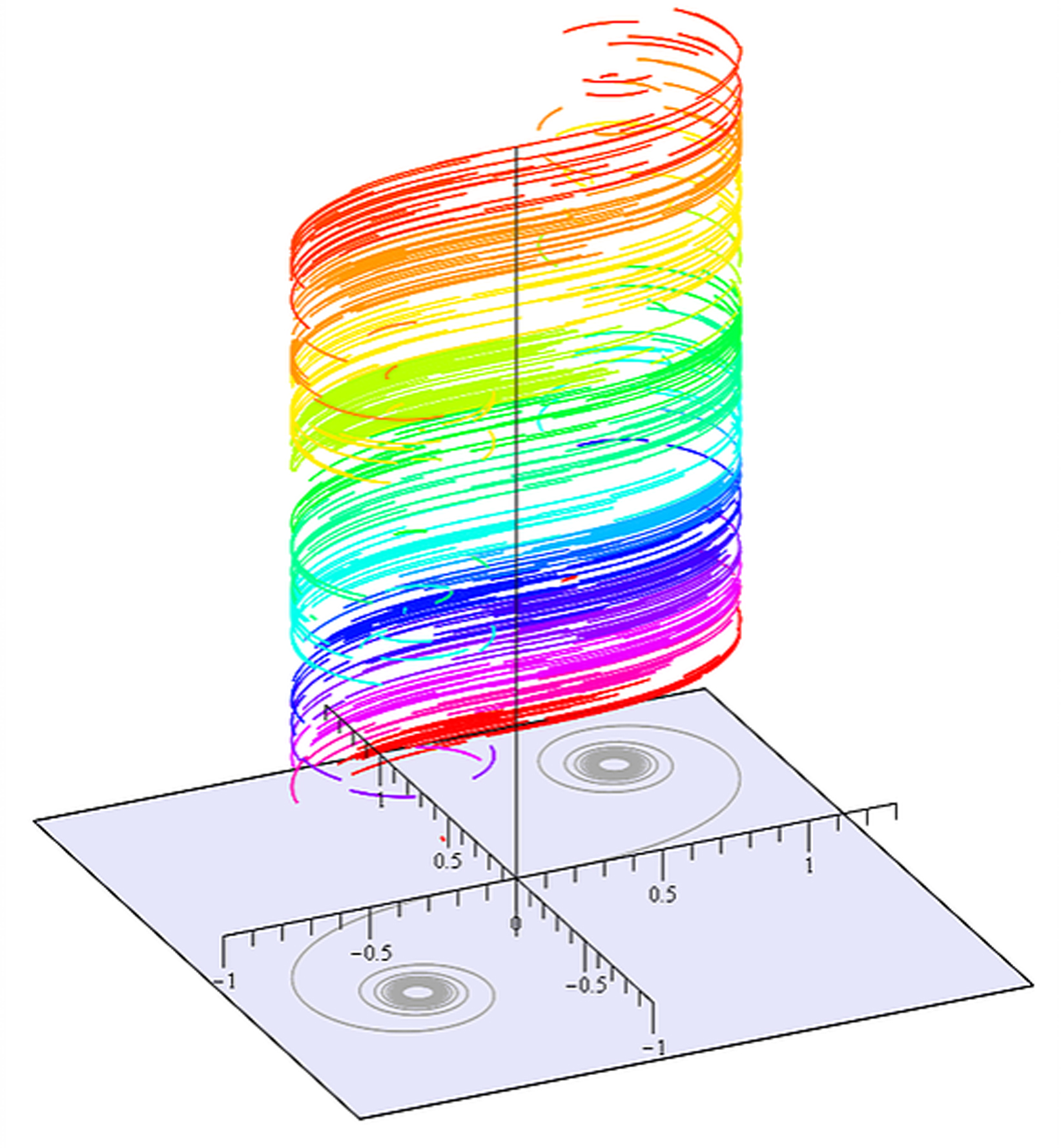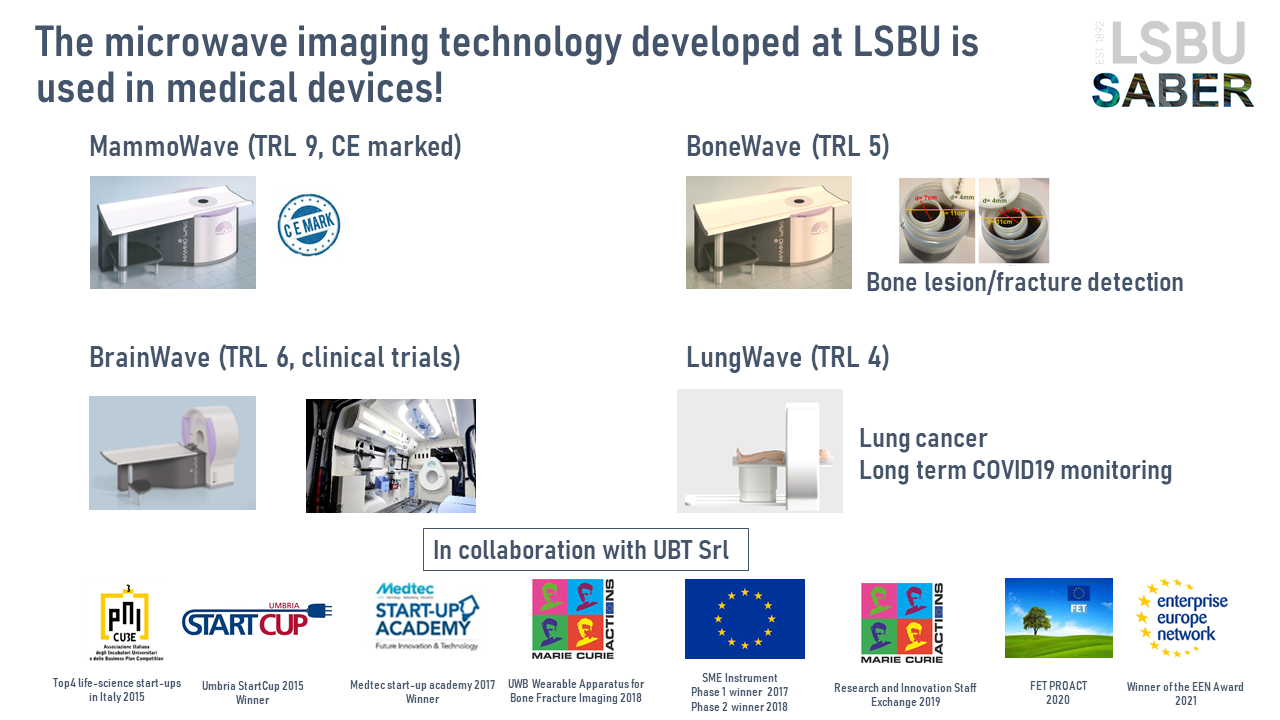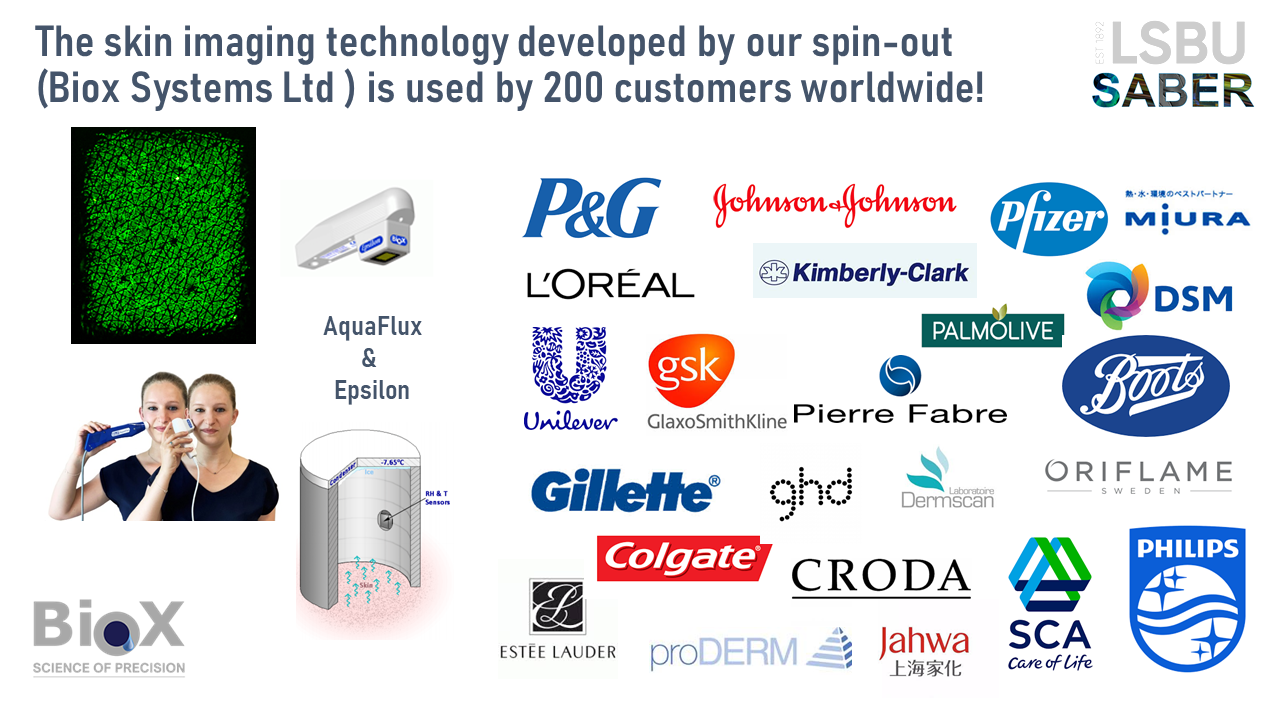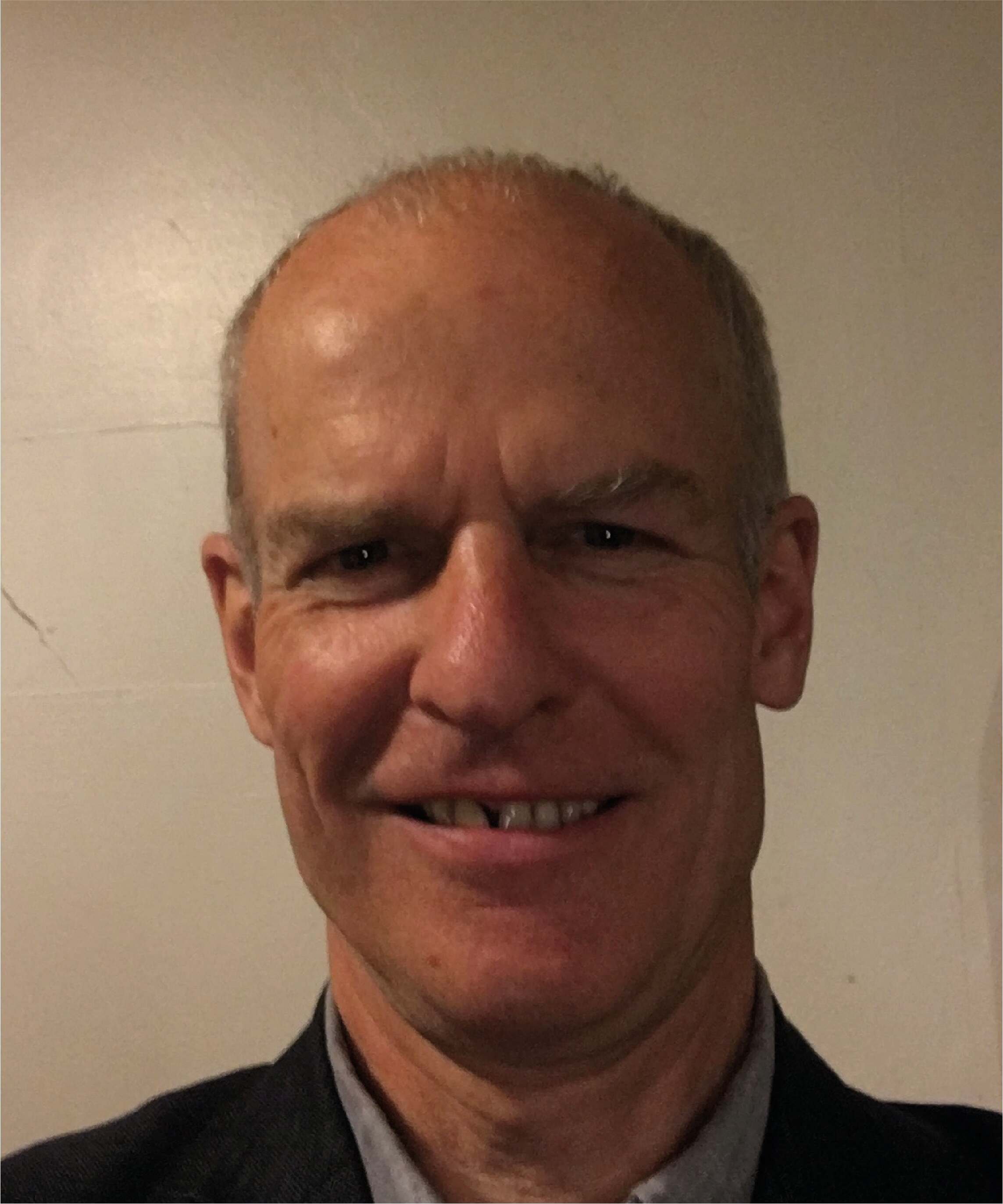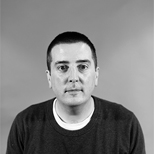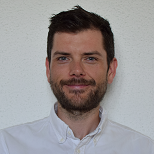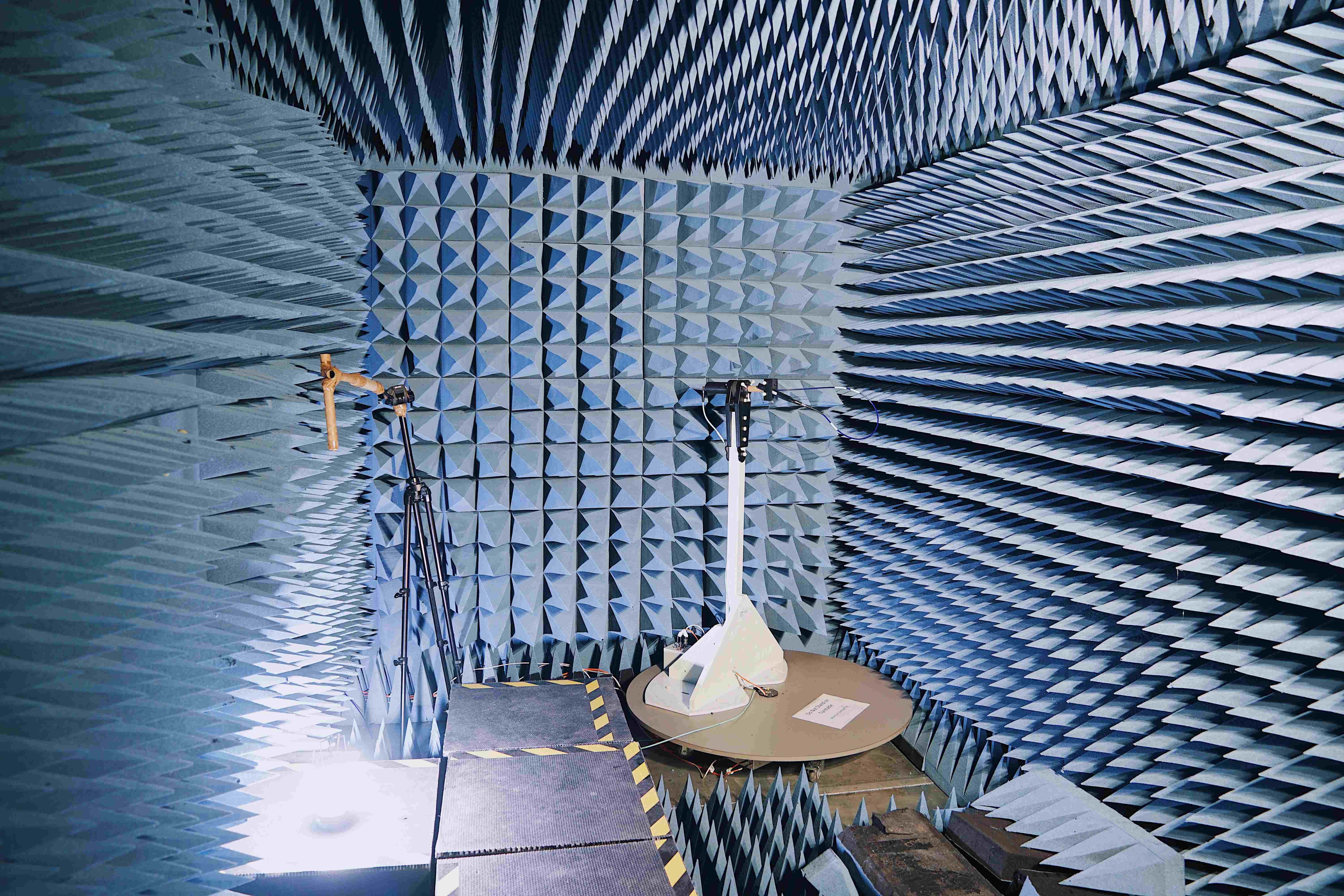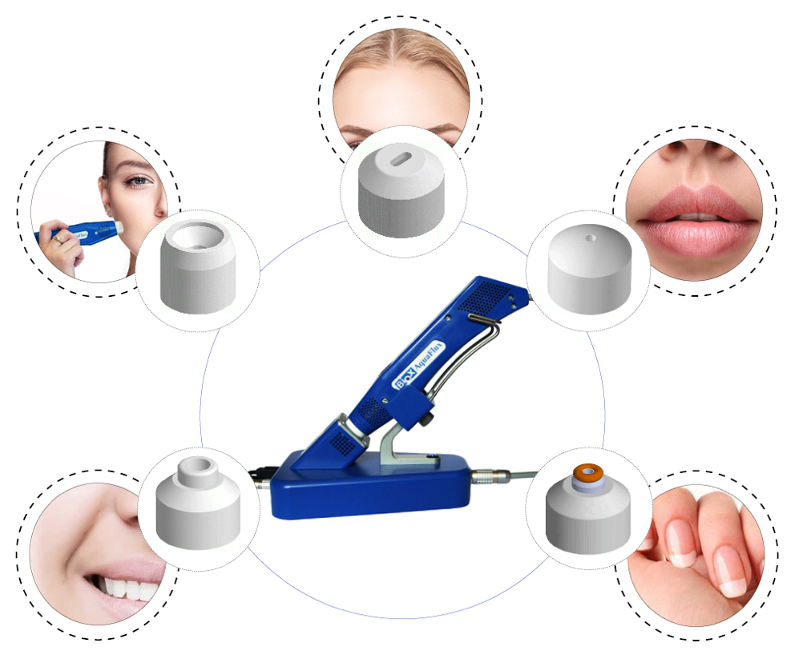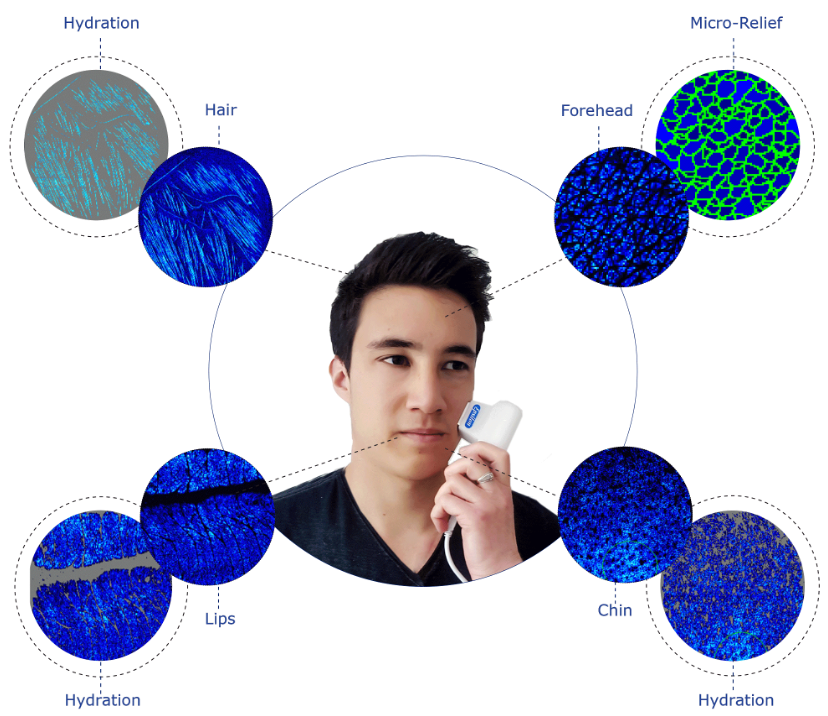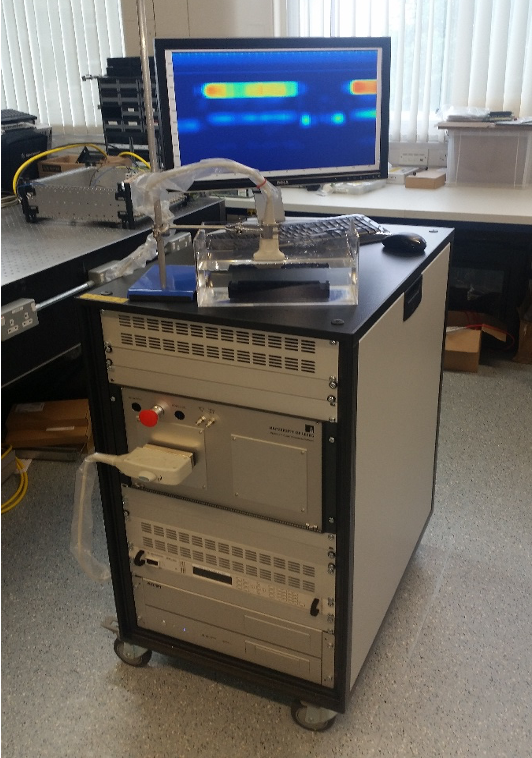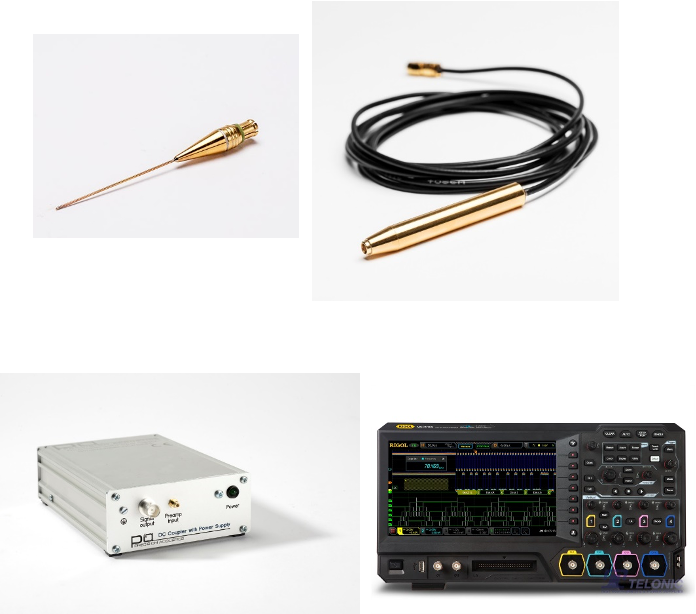- On 10-13/10/2022 Dr Sevan Harput (Program Chair) and Dr Enrico Grisan (General Chair) are co-organizing the IEEE International Ultrasounics Symposium (IUS 2022).
- On 11-13/10/2022 Hossam H Sultan (PhD student) and Dr Sevan Harput are presenting at the IEEE International Ultrasounics Symposium (IUS 2022).
- In September 2022, Dr Hamed Rajabi won a Royal Society grant for "Bioinspired Grippers for gentle handling and effective manipulation".
- In September 2022, Dr Eugene Starostin's new research article is published: Forceless folding of thin annular strips.
- On 12-18/09/2022 Dr Eugine L Starostin is presenting at the Interdisciplinary World of Tangling.
- On 08-09/09/2022 Hossam H Sultan (PhD student), Valentina Vadori (PhD student), Dr Michael Berthaume, and Prof Perry Xiao are presenting at the BioMedEng22.


